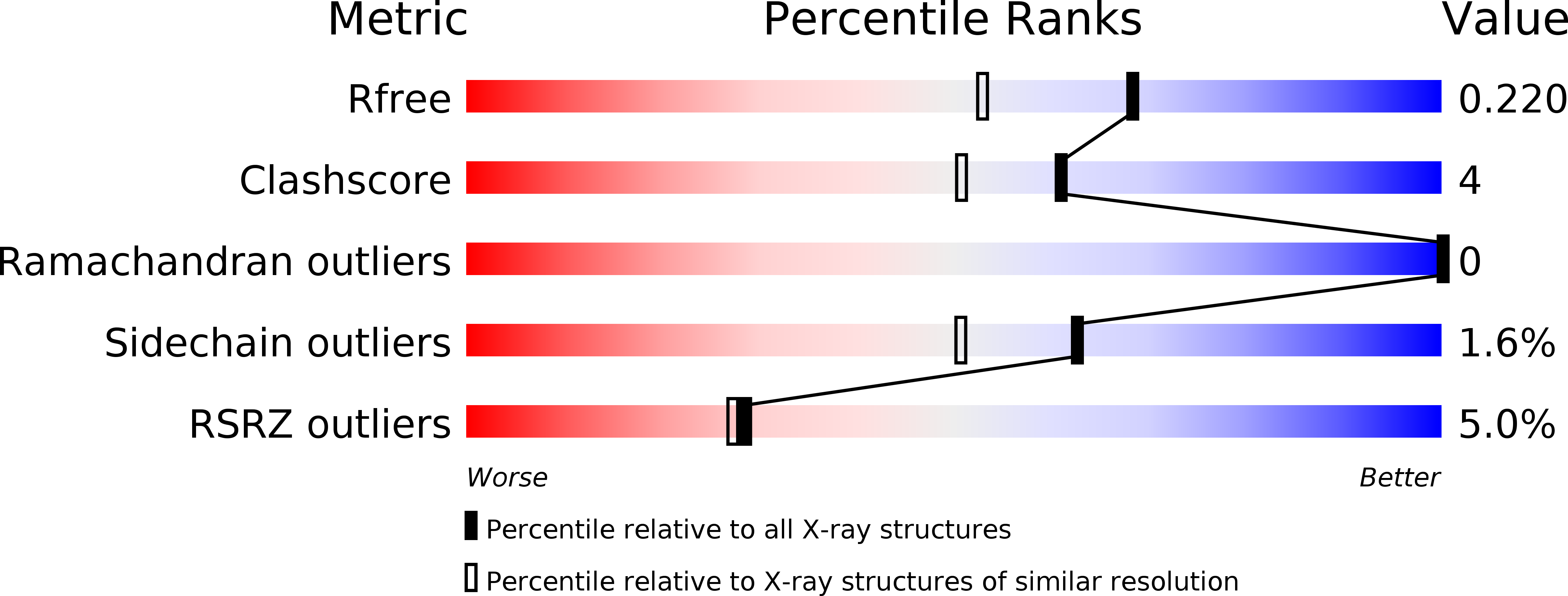
Deposition Date
2009-01-10
Release Date
2009-09-01
Last Version Date
2023-11-01
Entry Detail
PDB ID:
2ZY1
Keywords:
Title:
Crystal structure of the C(30) carotenoid dehydrosqualene synthase from Staphylococcus aureus complexed with bisphosphonate BPH-830
Biological Source:
Source Organism:
Staphylococcus aureus (Taxon ID: 1280)
Host Organism:
Method Details:
Experimental Method:
Resolution:
1.78 Å
R-Value Free:
0.21
R-Value Work:
0.18
Space Group:
P 32 2 1


